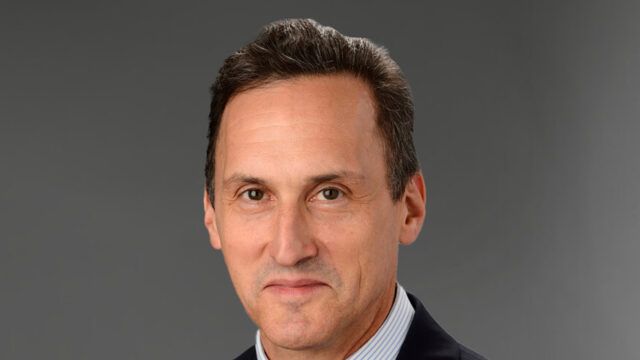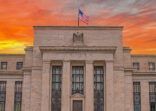Even if rate cuts do occur over the next few quarters, it won’t spur a long-duration bond rally that is widely anticipated by many asset managers.
Robert Tipp, PGIM Fixed Income’s chief investment strategist, told a recent media briefing in Hong Kong that he expects long-term rates to remain rangebound despite upcoming rate cuts.
“It’s my base case expectation that even if a significant amount of interest rate cuts does take place, long term interest rates may remain in the range that they’ve been in for the last six-to-nine months,” he said.
Although the working assumption among most investors is that monetary policy is currently restrictive and central banks will be easing rates imminently, Tipp (pictured) argued that this assumption is not evident in the current economic data.
Indeed, in the last six months there’s been a mild reacceleration of inflation and growth in the US and European economies.
If current interest rate levels are indeed more neutral than the market thinks, he suggested rate cuts will accordingly come at a slower pace than consensus.
“Our forecast is for some kind of soft landing, with ongoing growth,” he said. “But clearly, the speed of the return to the official inflation target may take longer than people expect.”
Growing US debt issuance
Tipp also flagged the elevated US government bond issuance given the large US fiscal deficit and the potential impact this could have on long-term rates.
“The first 100 basis points of cuts could easily see no change in the range for long term rates,” he said. “The Treasury is coming in on some days and issuing over $200bn in securities; that’s a lot of supply.”
“Right now, there’s a lot of optimism on the rate cuts but if it turns out it’s going to be a begrudging rate cutting cycle that barely gets you into the fours, I don’t know that that range of 3% to 5% is going to go down.”
However the implications of this are better risk-adjusted returns for bond investors from here, according to Tipp, who said he is usually reluctant to talk about asset allocation but flagged this unusual setup for the asset class.
“Historically, once bonds are this attractive relative to stocks, the Sharpe ratio for bonds has typically been high,” he said.
“It’s not going to be a typical bull market, where you get a big pop in prices as the economy crashes and interest rates fall,” he added. “It’s going to be more of a steady accumulation of high yields.”
For investors weighing up allocations between stocks, real estate and bonds, Tipp said to be underweight long-term fixed income here is a “really risky play”.
However, he is more cautious on US treasuries, and said the skew of expected returns from cash or short-term treasuries is “probably down, not up”.
“I think the right move is to add a strategic allocation in bonds and then have a manager that is going to avoid the minor pitfalls of the negative carrying treasuries,” he said.
Tipp is underweighting government bonds where rate cuts are more aggressively priced in, and overweight corporate bonds, structural product, emerging market hard currencies.

















